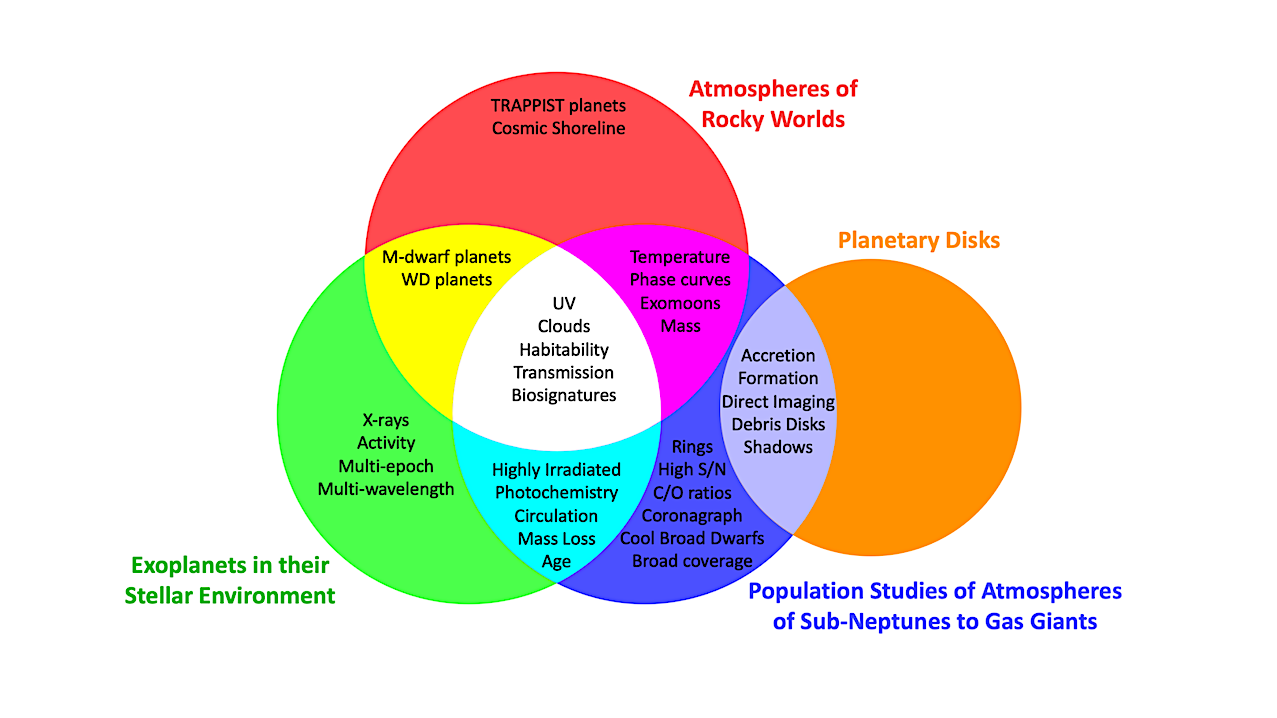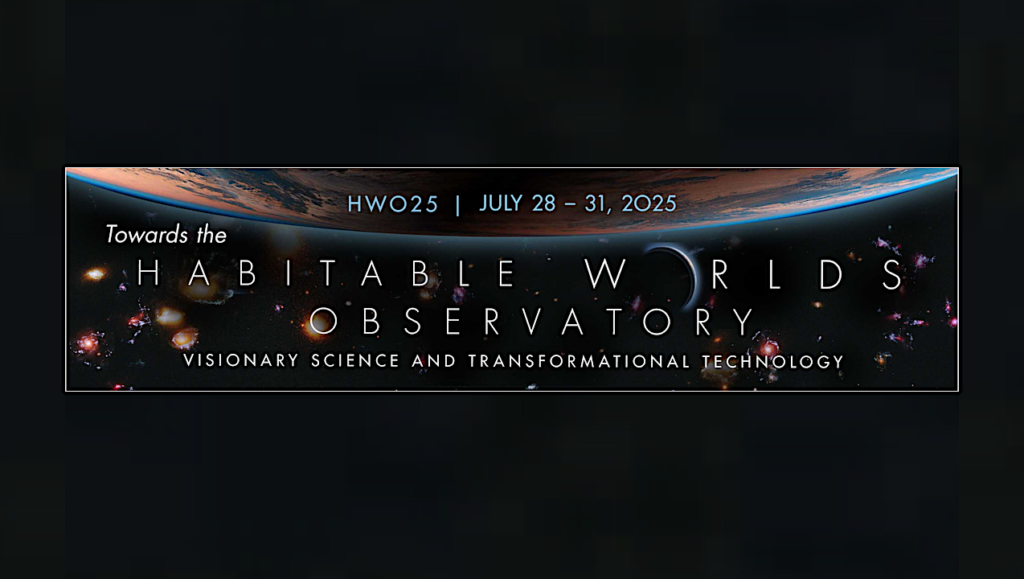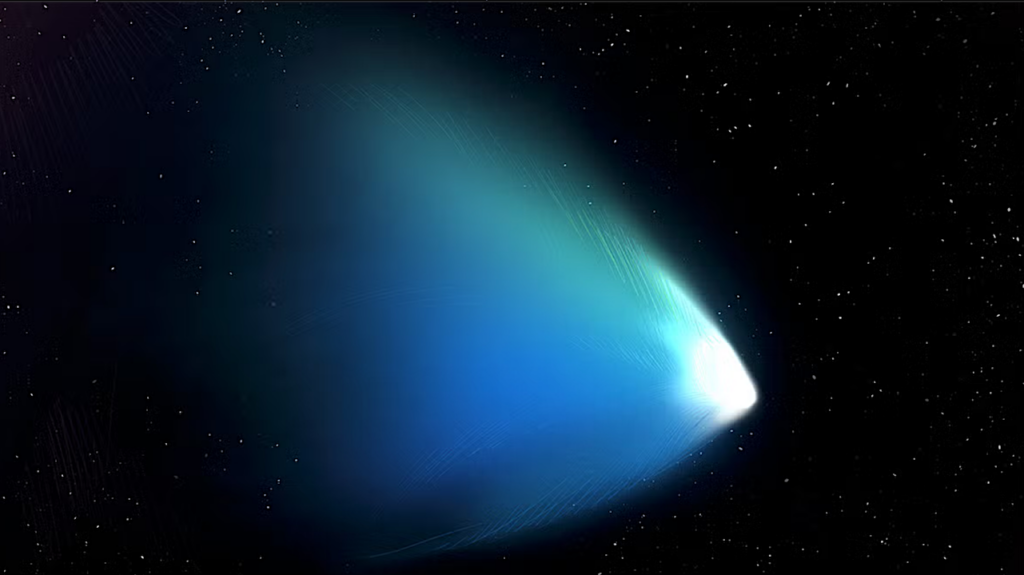Report of the Working Group on Strategic Exoplanet Initiatives with HST and JWST

This STScI Working Group (WG) was charged with soliciting community feedback and evaluating the strategic planning for exoplanet science with JWST and HST given the high quality of exoplanet observations, the significantly lengthened mission lifetime for JWST, and the pronounced expansion of the field over the last decade.
We were charged with identifying key science themes, providing recommendations on issues associated with optimal timing and scale of resources, as well as providing a recommended DDT concept achievable with 500 hours of JWST time.
We recommend a DDT concept to survey the atmospheres of rocky-M dwarf exoplanets. It is critical to quickly survey a wide sample of such targets to ascertain if they indeed host significant atmospheres, i.e., define the cosmic shoreline, and to identify high priority targets for future follow-up. It is important for this effort to occur early in the mission lifetime.
In the context of strategic planning of exoplanet observations, it is useful to estimate the expected exoplanet observational commitment over JWST’s lifetime. Given the current usage associated with exoplanets, extended over 20 cycles, it is anticipated that JWST will dedicate ≈30,000 hours to exoplanet observations.
We recommend efforts to support GO-driven programs that will contribute to this unprecedented data product of JWST. Of the ≈30,000 hours of anticipated JWST full-mission time dedicated to exoplanets, we expect that 1/3 of it could, and perhaps inevitably would, form a comprehensive, high S/N, panchromatic, 104 hour atmospheric survey of planets.
Such an observational sample would be a legacy archive that would address a broad range of science questions across various populations of planets. It would also bridge the direct imaging and transit communities and involve a multitude of techniques to detect and characterize exoplanets.
Seth Redfield (Wesleyan University), Natasha Batalha (NASA Ames), Björn Benneke (University of Montréal), Beth Biller (University of Edinburgh), Nestor Espinoza (Space Telescope Science Institute), Kevin France (University of Colorado), Quinn Konopacky (University of California, San Diego), Laura Kreidberg (Max Planck Institute for Astronomy), Emily Rauscher (University of Michigan), David Sing (Johns Hopkins University)
Comments: 51 pages, 7 figures. Working Group details: this https URL
Subjects: Instrumentation and Methods for Astrophysics (astro-ph.IM); Earth and Planetary Astrophysics (astro-ph.EP)
Cite as: arXiv:2404.02932 [astro-ph.IM] (or arXiv:2404.02932v1 [astro-ph.IM] for this version)
Submission history
From: Seth Redfield
[v1] Tue, 2 Apr 2024 19:43:28 UTC (4,359 KB)
https://arxiv.org/abs/2404.02932
Astrobiology,








